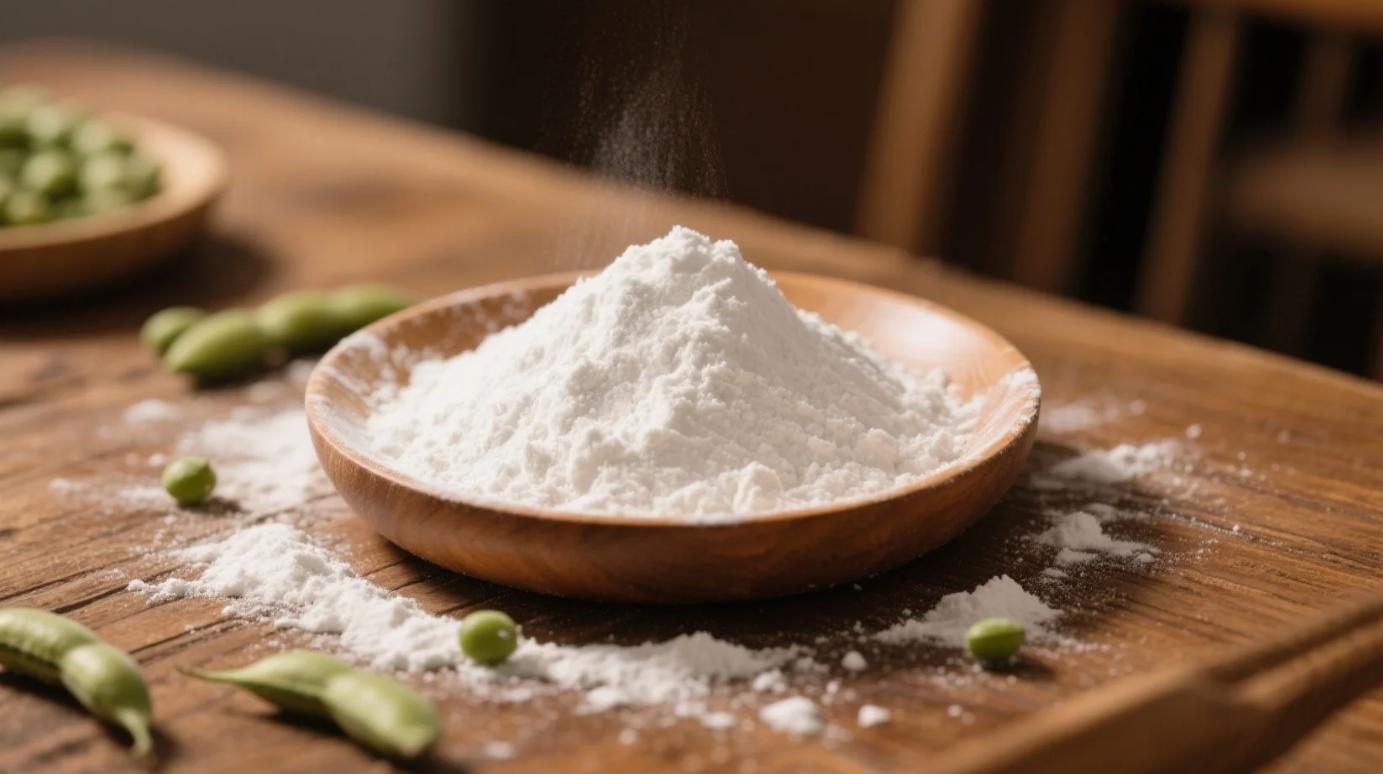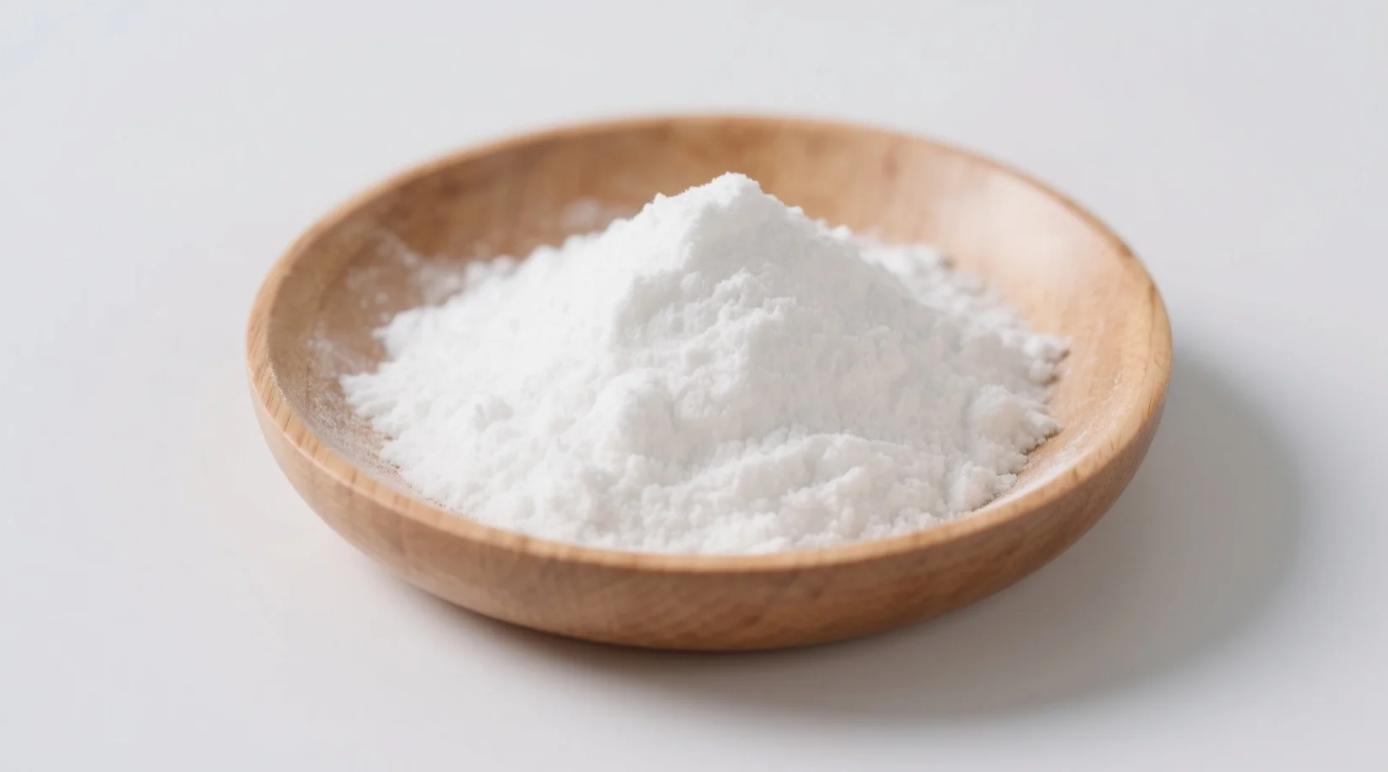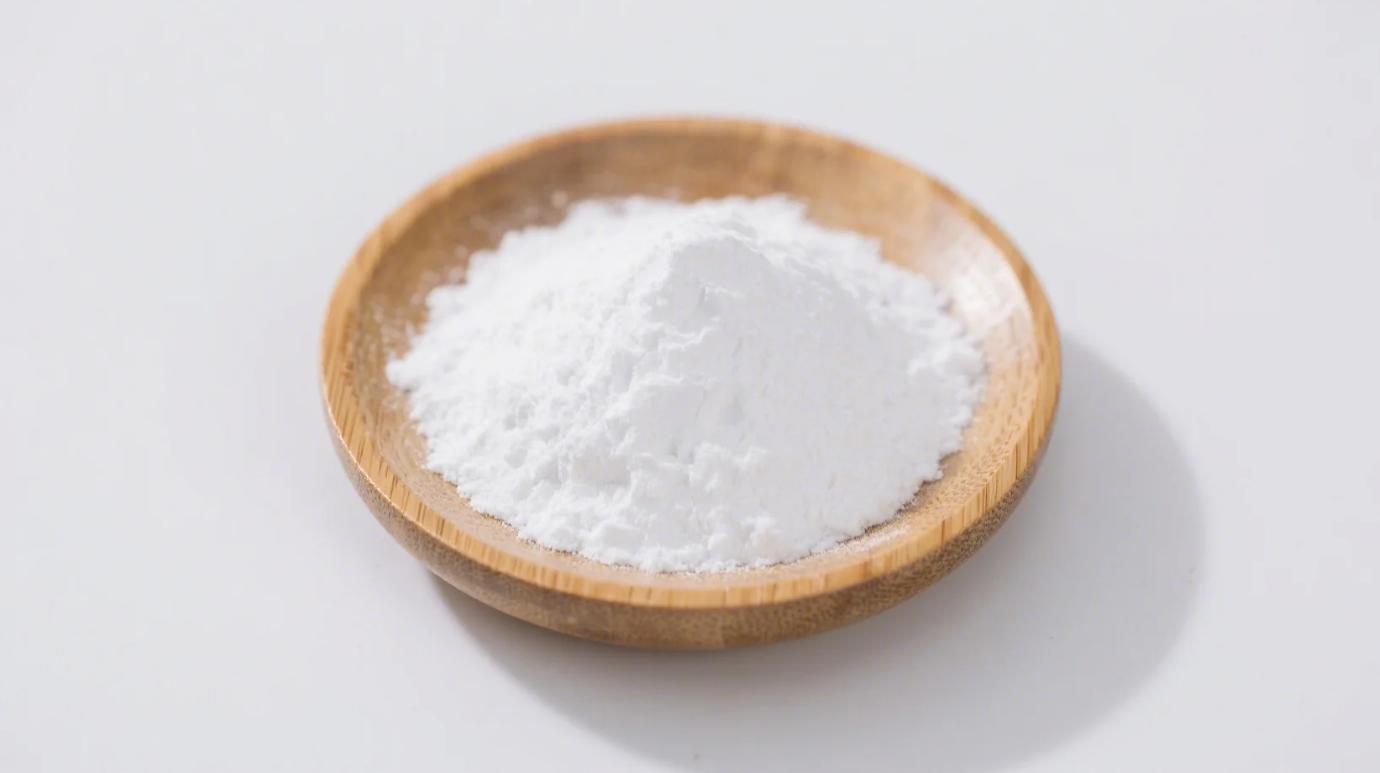Let’s get one thing straight: Mung bean starch isn’t just the stuff that holds your glass noodles together. I used to think it was a one-trick pony—until I swapped cornstarch for organic mung bean starch in my stir-fries and desserts. Within weeks, my post-meal energy crashes vanished, and my gut felt… quieter. But is it actually healthy, or just another trendy “clean” starch? Let’s unpack the science (and my kitchen experiments).
What Is Mung Bean Starch? (And Why “Organic” Matters)
Mung bean starch is extracted from mung beans (those tiny green legumes you see in Asian desserts and soups). Unlike wheat or corn starch, it’s:
- Gluten-free
- Neutral-tasting
- Paleo and vegan-friendly
Organic mung bean starch skips synthetic pesticides and bleach, which matters because conventional starches often hide sketchy additives. Think of it as the Marie Kondo-approved version of starch—minimalist and clean.
The Good: 4 Science-Backed Health Perks
- Resistant Starch for Gut Health
Raw mung bean starch contains resistant starch, a prebiotic fiber that feeds good gut bacteria. A 2023 study found that 20g/day of resistant starch from mung beans boosted Akkermansia (a gut bug linked to weight management) by 30%. - Blood Sugar-Friendly
Mung bean starch has a low glycemic index (GI of 15 vs. cornstarch’s 85). When I used it to thicken my morning chia pudding, my CGM showed a 10% smaller glucose spike compared to cornstarch. - Rich in Antioxidants
Mung beans pack polyphenols that survive processing. These compounds fight oxidative stress—aka the “rust” that ages your cells. - Hypoallergenic & Easy to Digest
No gluten, no nightshades, no FODMAPs. Even my friend with a “sensitive everything” stomach can tolerate it.
The Bad: When Mung Bean Starch Misses the Mark
- Heat Kills Resistant Starch: Cook it above 140°F, and its gut-friendly benefits vanish. Save raw starch for smoothies or overnight oats.
- Easy to Overeat: That chewy mung bean jelly dessert? At 30g of starch per cup, it’s easy to overdo. Stick to 1-2 tbsp daily for gut benefits.
- Not a Protein Source: Unlike whole mung beans, the starch has almost no protein. Don’t rely on it for muscle repair.
Mung Bean Starch vs. Other Starches
| Starch | Glycemic Index | Resistant Starch (Raw) | Best Uses |
|---|---|---|---|
| Mung Bean | 15 | High | Raw desserts, stir-fries |
| Cornstarch | 85 | None | Frying, baking |
| Tapioca | 70 | Low | Bubble tea, chewy textures |
| Potato | 90 | Moderate (if raw) | Gluten-free baking |
Who Should Avoid Mung Bean Starch?
- Low-Carb/Keto Folks: 24g carbs per ¼ cup. Not ideal if you’re under 20g net carbs daily.
- Legume Allergies: Rare, but possible. If chickpeas or lentils bug you, tread carefully.
- Orthorexics: It’s still a refined starch. Don’t replace veggies with it.
How to Use It Like a Pro
- Raw & Cooled: Mix 1 tbsp into smoothies or yogurt for resistant starch benefits.
- Stir-Fry Secret: Makes tofu extra crispy without greasy residue.
- Dessert Hack: Combine with coconut milk and stevia for a gut-friendly “jello.”
Recipe Alert: Try my No-Guilt Mung Bean Pancakes:
- 2 tbsp mung bean starch
- 1 egg
- ¼ cup almond milk
- Dash of vanilla
Cook on low heat and top with berries. No syrup needed—seriously.
The Verdict
Organic mung bean starch is a stealth health hero—if you use it raw and keep portions in check. It’s not a magic pill, but for gluten-free folks, diabetics, or gut health nerds, it’s a pantry upgrade worth making.
Just remember: It’s a tool, not a food group. Pair it with veggies, protein, and common sense.
Ready to Ditch Cornstarch?
Grab a bag of organic mung bean starch and try it raw in your next smoothie. Your gut (and taste buds) might just thank you.
Related Products
Organic Mung Bean Starch
Premium Gluten-Free Thickener & Texture Enhancer for Food and Industrial Applications
Organic Cornstarch
Premium Gluten-Free Thickener & Stabilizer for Food, Pharma & Industrial Applications


